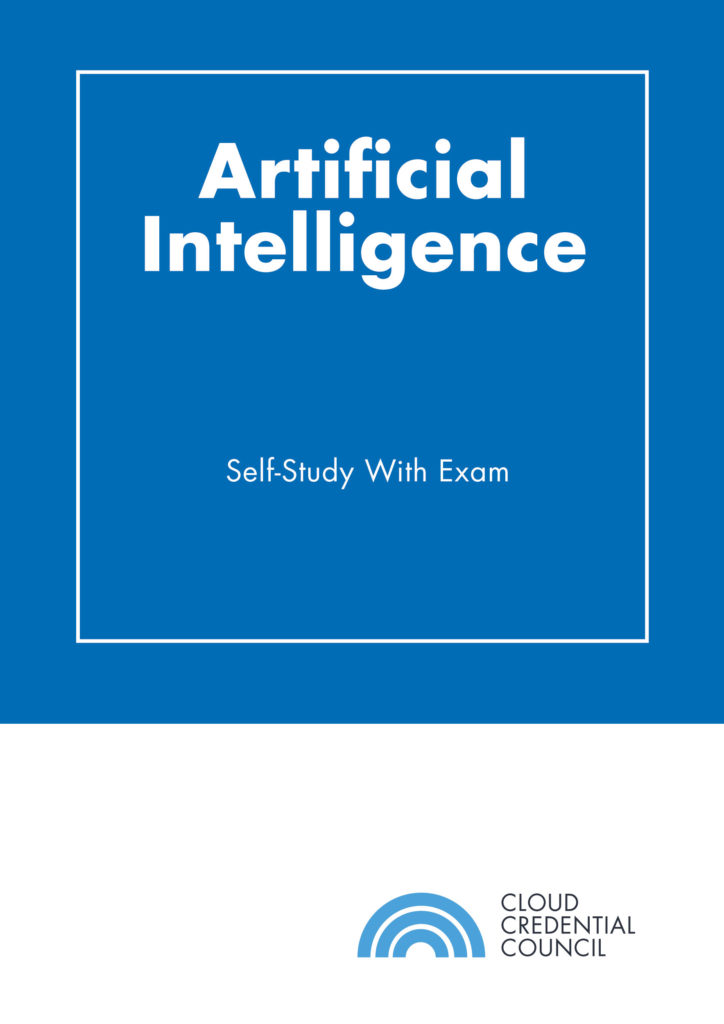Your Guide To Artificial Intelligence

Irma Barros

Your Guide To Artificial Intelligence
Artificial Intelligence (AI) conjures thoughts of robots, drones, driverless cars, and virtual assistants for many of us today. To an extent, this is true, but with many misconceptions, it’s not clear exactly what AI is and how it benefits society. This article will dive into artificial intelligence definitions and explore how AI shapes our society, taking a deeper look at AI’s leading drivers.
Table of Contents
Understand the terms “Intelligence”, “Natural Intelligence”, and “Artificial Intelligence”
First, one should clearly explain the term “Intelligence” and the distinction between Natural and Artificial Intelligence.
Intelligence has been defined in different periods of our time, mentioning capacity for logic, understanding, emotions, planning, and learning. There are even theories detailing different types of Intelligence, such as Gardner’s multiple intelligences.
From a more theoretical point of view, natural Intelligence refers to a human’s cognitive abilities known as reasoning, problem-solving, planning, perception, linguistic intelligence, and learning.
As it was researched, the main focus of AI has been to work with those cognitive abilities, and it resulted in several technologies which are almost mirroring those. AI has become a collection of multiple technologies comprising Machine Learning, Deep Learning, Natural Language Processing, Robotics, Computer Vision, Speech Recognition, Language Translation, and Expert Systems.
So, how can we define Artificial Intelligence?
AI is a leading digital transformation technology and a branch of Computer Science in which machines tend to learn and make decisions similar to humans. It’s often referred to as “Machine Intelligence”, essentially demonstrating intelligence via machine learning in contrast to humans’ natural intelligence.
In the past, machines have ideally performed based on commands and programs provided by humans. However, in recent years, these machines are slowly being empowered to think, observe, analyze and learn from data (not programs) just as our human brains do. AI becomes smarter with time when it is exposed to more diverse data sets and patterns.
There is no standard definition today, and it would be difficult to give a straightforward one. So let me propose to you several ones:
- John McCarthy defined AI as “the science and engineering of making intelligent machines”.
- Gartner’s definition of AI translates to “Applying advanced analysis and logic-based techniques, including machine learning, to interpret events, support and automate decisions, and take action”.
- Amazon, the world’s leading cloud service provider, defines it as “The field of computer science dedicated to solving cognitive problems commonly associated with human intelligence, such as learning, problem-solving, and pattern recognition”.
More recently, in one of our podcasts with Simone Jo Moore, we also talked about the forms of AI from Kirk Borne, instead of “Artificial” rather as “Augmented”, “Accelerated” and “Assisted Intelligence”.
Artificial Intelligence is Shaping our Society
It’s only in these recent years that most of us even realized AI was so much a part of our lives. But when we give a little thought to it, it is close to us, in our daily lives. Just thinking of Siri, Netflix, Spotify, and your banking App, or writing assistant on Gmail, not a day passes by without AI involvement.
AI is, indeed, considered to be at the core of the 4th Industrial Revolution:
- The focus of the 1st Industrial Revolution was on mechanical production, railroads, and steam power.
- The 2nd dealt with mass production, electrical power, and the advent of the assembly line.
- The 3rd introduced electronics and computers and brought about automated production.
The 4th and current one focuses on Big Data Analytics, AI, Advanced Robotics, Digital Twins, and other evolving technologies. The term was first coined in 1955 by John McCarthy at a conference in Dartmouth, USA. Over the next few decades, AI research experiences optimism and disappointment, most notably the loss of funding, consequently being termed “AI winter”. With renewed funding and the advent of fast Internet speeds, robust hardware/software systems, the emergence of social media and big data, AI started witnessing success in different fields.
AI’s Top Drivers
That could not be more true; nearly all the industries have taken a step into AI; some are just trying to “do AI”, but others revolutionize consumer behavior and experiences.
We took a deep dive into what was pushing the market towards AI, and we found five major drivers:
- Customer-centric Approach: Digital transformation’s focus is shifting from the core business strategy importance to the customer’s needs. The focus on the product, competence, or market is now secondary. Today, on-demand products should be customizable, connected, and shareable.
- Big Data Explosion: The usefulness of AI for organizations is directly proportional to the speed, quality, and amount of data collected from multiple data sources, such as structured databases, social media messages, videos, photos, IoT sensors, etc. Big Data needs to be adequately mined – cleaned, wrangled, transformed, formatted, etc. to obtain the best analytics results.
- Faster and Powerful Hardware: Chips such as Tensor Processing Unit and Neural Processing Unit are available today that are more powerful than their predecessors.
- Advanced Algorithms: Are available today to perform complex tasks taking into account new data at all times.
- Talent: Human talent is as critical to the AI equation as machines. It is a human who decides on what and how devices need to be taught. Having more people focusing on the field had helped it grow further.
Types of Artificial Intelligences
We can categorize AI technologies by their capacity to mimic human cognitive abilities. After covering the different definitions of AI as well as its drivers, let’s go over the three main types of AI that you can find out there:
Artificial Narrow Intelligence (ANI), also known as “weak’ AI, is designed and trained for a single or conduct of a specific set of tasks. It is the only type of Artificial Intelligence successfully realized up to now.
Think of Amazon’s Alexa, Google’s assistance, or Apple’s Siri. These programs simulate human knowledge within a specific set of parameters that focus on:
- Pattern recognition
- Natural language processing
- Machine learning
- Data recognition technologies for decision-making
Artificial General Intelligence (AGI) is also known as “Strong”, and this system can exhibit generalized human cognitive abilities. It can understand, learn and reason within its environment, just like a human. But as researchers are trying to replicate the human brain’s functionality, which is not yet fully understood, it only makes sense that it’s not achieved.
Artificial Super Intelligence (ASI) surpasses human intelligence in all aspects from creativity, to general wisdom, to problem-solving. This one is probably the most acknowledged due to the many dystopian science fiction appearances in pop-culture scenes. It is, however, the one that is the furthest to our reality.
A Bright Future Ahead
As you can see, AI has more to offer than robots and automation, and its potential is still to be realized. AI technologies have reshaped business’s capacity at a global level enabling people to automate previously time-consuming tasks and gain uncovered insights into their data through fast pattern recognition.
CCC’s vision is to enable humans to work best with machines together. Having machines doing the heavy lifting and repetitive tasks, humans can focus on creative, productive work to enhance organization and the world as a whole.
Courses to help you get
results with Artificial Intelligence
Artificial Intelligence Foundation™
The CCC’s Artificial Intelligence (AI) Foundation™ course provides an overview and insight into the critical emerging technology of Artificial Intelligence to organizations and individuals around the world. This vendor-neutral, cross-industry foundation course: Builds upon the AI definition, its evolution, concepts, and applications. Provides an introduction to machine learning concepts. Explains the main business drivers and…
Never miss an interesting article
Get our latest news, tutorials, guides, tips & deals delivered to your inbox.
Keep learning




